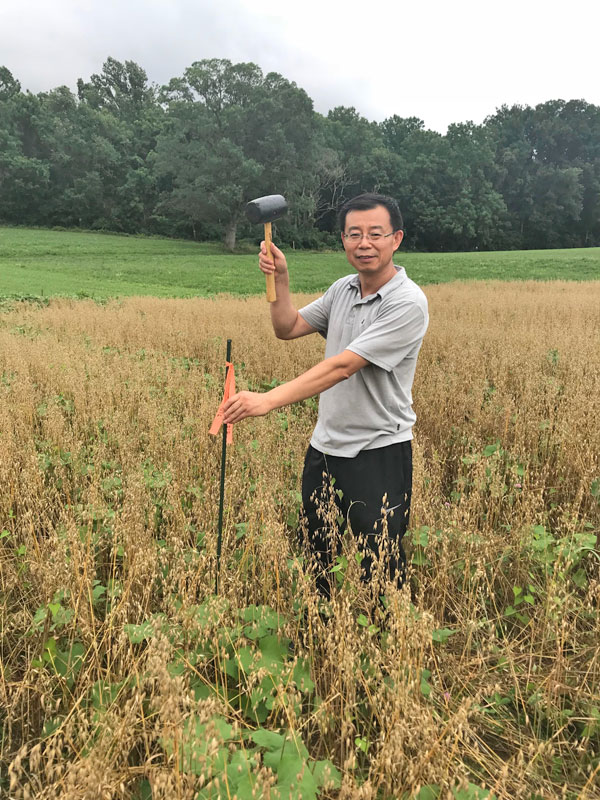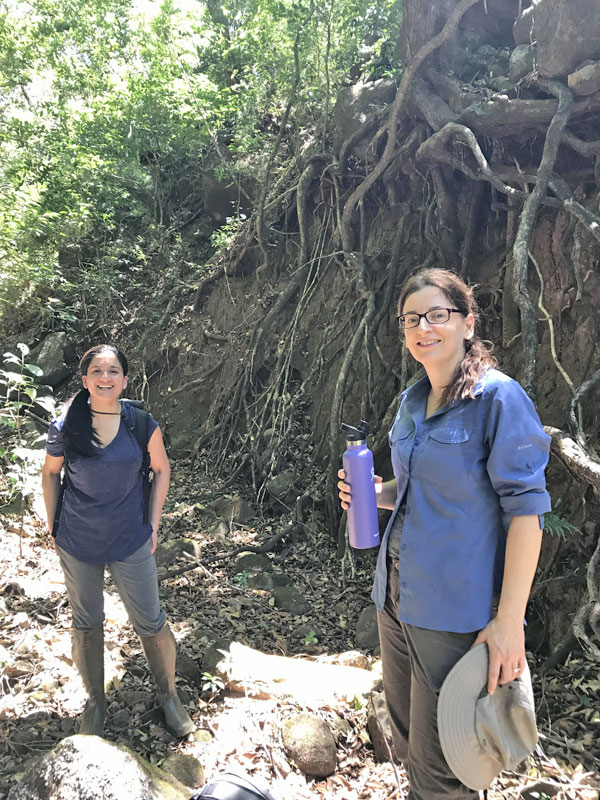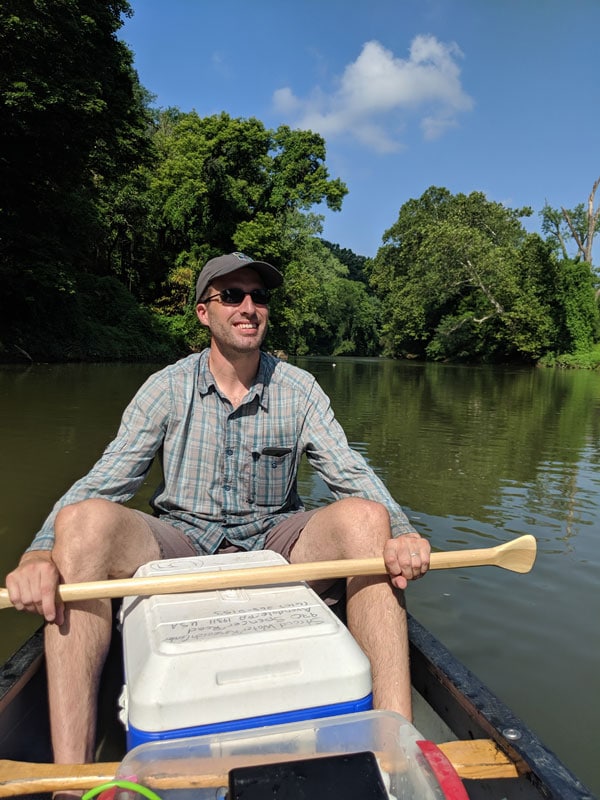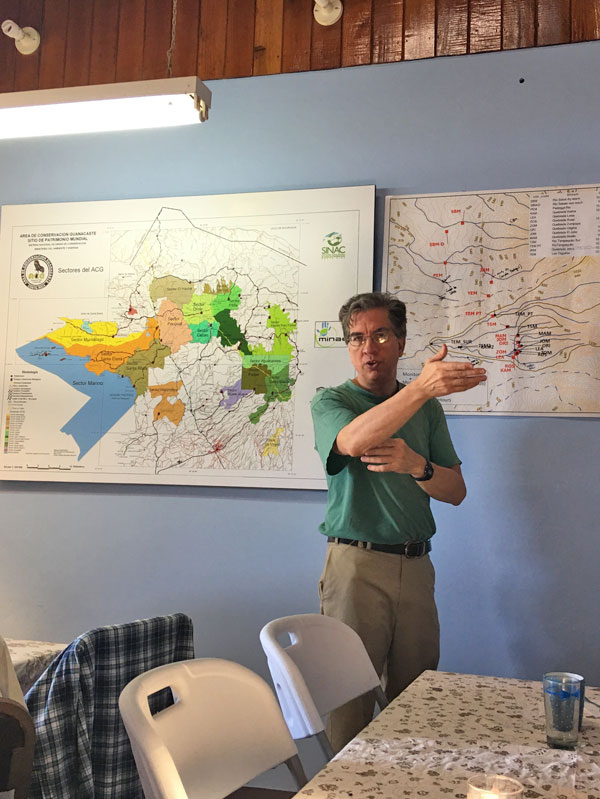This article was originally published in Stroud Water Research Center’s 2019 annual report.
By James G. Blaine, Ph.D.
Let’s begin in White Clay Creek, in which Stroud Water Research Center scientists have waded for more than 50 years. The knowledge Stroud Center scientists have gained flows out from this small stream to the world, mingles with the work of others, and then flows back to the Stroud Center, carrying fresh ideas and new hypotheses. It’s a story of going out and returning, told here through the voices of five scientists from diverse backgrounds and different disciplines, all working to build disparate communities with a single mission: to advance knowledge and stewardship of freshwater systems.
Scientists come to the Stroud Center from across the globe. John Jackson was born in Colorado, Diana Oviedo-Vargas in Costa Rica, Melinda Daniels in Hawaii, Marc Peipoch in Spain, Jinjun Kan in China, and their personal journeys are as varied as their backgrounds. But there is an overarching theme to their work: that research can no longer be confined to the laboratory, scientists must be engaged with the outside world, and to truly make a difference requires not only understanding freshwater systems, but working with all kinds of communities to protect them.
“The Stroud Center doesn’t advocate. We educate.”
John Jackson, Ph.D., Senior Research Scientist, Entomology Group
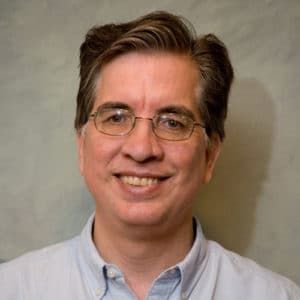
For more than 30 years, John Jackson’s macroinvertebrates have traced the impact of humans on stream health. His current research involves salt, which Americans spread on their roads in massive amounts. Pennsylvanians alone use more than 900,000 tons a year, and the ensuing runoff he says, “contaminates not only our streams, but increasingly our groundwater.” There are several reasons why salt use has doubled since the 1990s (and quadrupled since the 1970s), but the overriding motivation is public safety — and the political pressure to quickly clear winter roads.
The problem, says Jackson, is that “we now apply salt as if it has no environmental, human health, or infrastructure consequences.” But it does: polluting our water and eroding our infrastructure carry huge, often underestimated costs.
Other kinds of salt have also increased dramatically, such as carbonate from mountaintop mining, salt sequestered in shale deposits released by fracking, agricultural runoff, and industrial waste. Elevated salt even contributed to the mobilization of lead that poisoned the drinking water in Flint, Michigan.
Jackson believes that Pennsylvania could reduce its salt use by 50% without sacrificing safety. That decision, however, is not his to make.His role is to get his data into the public arena, which he does through peer-reviewed journals, workshops, and expert testimony — and all by engaging with as many people as he can. “I’ll talk to anybody,” he says. “Anybody.”
“If farmers aren’t engaged, change won’t happen.”
Diana Oviedo-Vargas, Ph.D., Assistant Research Scientist, Watershed Biogeochemistry Group
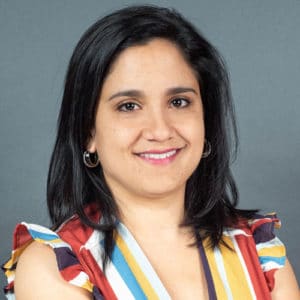
The Stroud Center and Rodale Institute are in year two of a six-year, $6 million grant from the William Penn Foundation. The project compares four agricultural methods on four plots at the Stroud Preserve: conventional, conservation (no-till with a cover crop), organic tilling, and organic no-till.
“Our hypothesis,” says Diana Oviedo-Vargas, who leads the Watershed Biogeochemistry Group, “is that improved agricultural practices will produce better soil and better crops with less risk for the farmer, resulting in healthier streams and cleaner water. The Stroud Center team is focused on everything related to the water. Rodale is focused on everything related to the soil.”
The scientists are measuring a number of changes over time: surface water and nutrient runoff in the farm fields, soil quality and filtration, nitrogen, and pesticide levels in the stream.
Those changes may be small, but “farms cover so much land across the country,” says Oviedo-Vargas, “that small changes can have a big cumulative impact.” The goal is to improve agricultural practices, reduce environmental impacts, and increase profitability.
Because the search for practical solutions leads the researchers beyond science, Meadow Springs Farm, and farmer, Jamie Hicks are an essential piece of the project. The fourth generation local farmer “knows the area and is experienced in all four agricultural methods,” says Oviedo-Vargas. “We need to find the most appropriate practices that are least expensive for farmers.”
“A river is not just a hydrosystem or an ecosystem; it’s also a human system.”
Melinda Daniels, Ph.D., Associate Research Scientist, Fluvial Geomorphology Group
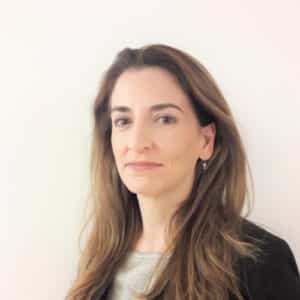
Freshwater scientists have long chronicled the destructive effects of the Army Corps of Engineers’ massive river-engineering projects. But fluvial geomorphologist Melinda Daniels sees the old ways giving way to a strong interest in ecosystem restoration and nature-based design within the Corps. That, she says, is “a huge culture change.”
Daniels sits on the Department of Defense’s Army Science Board, where she brings an outside scientist’s perspective to the deliberations, helping to review policies and suggest changes. “I know what the old lowhead dams do to a river. I know why it’s good to remove them,” Daniels says. “Change comes slowly, however, and while the Corps is often the public villain, Congress controls the money, and politicians still determine priorities. To have an impact, it’s no longer enough to understand the science. You must also understand the politics,” she says.
Much of Daniels’ research focuses on sustainability. She knows that community decisions are critical, yet she says, “too often the most vulnerable people are also the most resistant to science. Add climate change to the mix, and you have really scary scenarios.” Yet along with resistance to science, she has witnessed land ethics deeply ingrained in local cultures.
“We must listen to, and participate in, our communities, she says. Policies imposed from the top, ignorant of local culture, rarely succeed. Changes will only happen if we, as scientists and managers, are active in, members of, and open to the community itself.”
“They just wanted to save money.”
Marc Peipoch, Ph.D., Assistant Research Scientist, Ecosystem Ecology Group
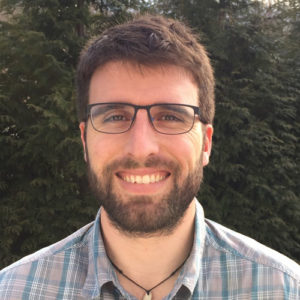
Sometimes communities arise serendipitously. Marc Peipoch, an aquatic ecologist who studies the growth of algae in the Brandywine River, wanted to protect his water sensors. So he asked the City of Wilmington’s water utility if he could install them on its premises. In exchange, he offered to share his data.
From that conversation arose a relationship that benefits the scientist, the utility, and 110,000 water consumers in Delaware. Peipoch hadn’t anticipated being part of such a community. “I just didn’t want my sensors stolen,” he says. As for the water company, its interest was economic, not scientific. “The cleaner the water they take from the river, the less they need to spend on filters.”
As they pursue their own ends, but realizing that each goes hand-in-hand, the scientist and the utility’s staff continue to explore new ways to work together. Peipoch will soon monitor the reservoir, which periodically suffers from algal bloom. “It’s a great ‘natural’ project for me, and my data can provide an early warning system for them,” he says. What began as basic research has evolved into an unexpected community of interests.
And that has spurred Peipoch to pay more attention to the world beyond the stream: “I have become increasingly interested in interdisciplinary collaboration and the study of socio-ecological systems” — that is to say, of communities.
“All water is connected.”
Jinjun Kan, Ph.D., Associate Research Scientist, Microbiology Group
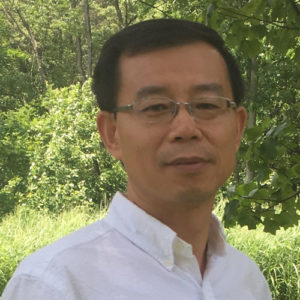
The Yangtze, which flows 4,000 miles from Tibet to the East China Sea, is the largest river in Asia. Its watershed is home to 10 big cities and more than 400 million people. Its waters teem with nitrogen, phosphorus, and microorganisms. Microbial ecologist Jinjun Kan wants to know where all those nutrients and microbes go and how they impact the Yangtze’s water, its estuary, and ultimately, the ocean. The questions he and his colleagues are asking have enormous implications, not only for China, but for the world’s oceans and the earth’s atmosphere.
Kan’s collaboration with his Chinese colleagues is mainly focused on freshwater science and estuary ecology. “Our work is about sharing ideas and learning from each other,” he says. “Water is a big issue there, and we want to do the research, answer the questions, and share our results with the watershed communities.”
Their work flows in both directions. Kan and his Chinese collaborators have recently embarked on a new study comparing conditions in China’s Pearl River Basin with those in the Chesapeake Bay 7,500 miles away. Their findings, he hopes, will lead to a better understanding of the issues affecting heavily urbanized watersheds everywhere.
“Creating international communities of scientists and communicating our scientific discoveries,” he says, “is critical to protecting water resources worldwide.”
Learn More
From projects to publications to podcasts, there is so much more to learn. Visit stroudcenter.org/research for more information.

